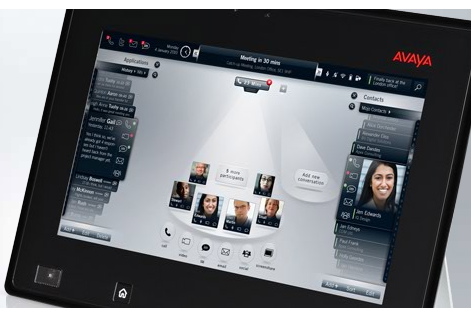 The recent announcement (January 14, 2008) by TANDBERG about the High Definition Content Server reminded me exactly how time consuming and therefore storage consuming video conferencing needs to become.
The recent announcement (January 14, 2008) by TANDBERG about the High Definition Content Server reminded me exactly how time consuming and therefore storage consuming video conferencing needs to become.
The Content Server stores 600 hours of video content at 30 frames per second and can support 5 ports of concurrent usage. It interacts with other video endpoints via the SIP or H.323 gateway in much the same way that a voice mail server application might work with an IP PBX. It stores the content in one format and can play it back in whatever streaming format (Microsoft Windows Media, Apple Quicktime or RealPlayer) the requesting user asks.
It is optimized for distance learning applications – record a lecture and publish. The nifty web-based front end allows PC-attached users to download the stored messages to an MP3 player, view them within a browser or have the file played to a video conferencing desktop or room system. Web developers can integrate the Content Server's APIs into web sites or other collaboration or media control applications such as Microsoft Office SharePoint.
Publishers can post pointers to begin or skip over materials, but can't edit the footage to add effects or music track.
How big is 600 hours?
Of course your standards for compression will make this result vary, but in a scan of my hard drive, I see a typical QuickTime MPEG4 file as about 20 Mbytes per minute. So, 600 hours would be 720 Tbytes of storage. That's a lot of storage in a 1U appliance. The appliance also supports a Windows-class Network-Attached Storage so it can be the focal point for lots more storage.
This is not meant to be a Youtube.com component, but for universities, or for a medical center, a video library could be very educational.
This server is not the same idea as a voicemail server. A videomail server would allow anybody to deposit messages leaving only authenticated users to retrieve them. This server has the authentication backwards. It allows authenticated users to deposit video, and any user to retrieve them.










